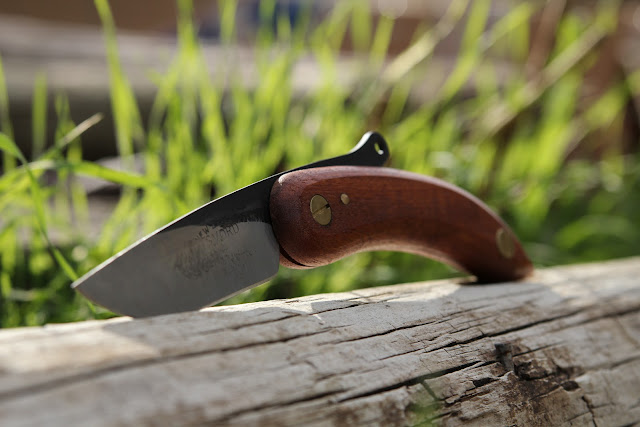Todays resource again, isnt particular bushtucker but like honey has many multi-uses that just need to be discussed, the resource is Bi Carb, you might also hear it called baking soda by Americans. The chemical name is
Sodium bicarbonate.
Because Bicarb has so many uses, I will only cover ones applying to bushcraft and camping. A simple google search you can find a website that states
60 uses for bicarb (some of which I borrowed from her) ! and some of the ones Im going to share arent covered in that list either. There is no reason not to carry even a small 100gram bag of this into the bush.
Because it has so many uses ill just jump into it and talk about them in no particular order. Firstly it can used a leaving agent in bread as a replacement as yeast, this is great because I carry flour into the bush to make
damper and other foods and the bicarb helps make it raise, once ive baked my damper I can use the honey I carry to make a sweet hardy food. Since we are on the topic of food, because Australia's flora has many poisonous plants and if your plant identification isnt great and happen to get some poisoning, because of Bicarbs alkali structure, ingesting some can help to counteract that poison. A helpful tip is swallowing a small amount of charcoal aswell to help remove the poison. If you need to wash or clean any greens or fruits you gather, placing them in some Bicarb with water and soaking them then rinsing cleans the produce of any contaminants.
Damper being cooking in the coals of a fire
If using a skillet or pan to cook your food, you will properly be using oil or fat to cook with. If it happened to burst into flames... Well as we know water should NEVER been put onto a oil fire to put it out, Mythbusters did a great episode on this. Well how do we control it ? a wool blanket if carried could be used to smother it but you can also use Bicarb, it works similar to the C02 fire extinguishers, So use as much as possible to extinguish the flames.
One thing we all know Bicarb does well is remove odors, since youll be chopping wood, building shelters. your going to sweat, sprinkle some on your clothes, rub under your arms and in your shoes to remove those smells! To remove burned-on food from your skillet or pan, let them soak in Bicarb and water for 10 minutes before washing, you can also scrub the pot with dry Bicarb and a moist scouring pad.
If you happen to get a bee sting or similair sting, Making a poultice (thick paste wrapped in cloth) and placing that on the sting can help alleviate it, a similair concept can be used for rashes and sunburn by making a thick paste of Bicarb and water then placed over the affected area. It can also be used to clean your teeth, which is important out bush, certainly dont want to get a tooth ache in the middle of no where, you can use a toothbrush if you got it, or could make a strong Bicarb water solution and use your finger or clean material and scrub your teeth.
Finally because here in Australia alot of people use Swags, which are generally made from canvas. If they get dirty, use some dry Bicarb and a brush to clean the canvas.
I have given quite a large number of uses for such a simple product, there are so many more but for camping purposes I believe Ive covered the most common uses. I carry bag of Bicarb from 250g-1kg (depending on how many days ill be out) only because its just too damn useful not to bring along.. 250 gram weight for that many uses.. truly cannot be beat !
Thanks for reading :) hope you learnt something



















